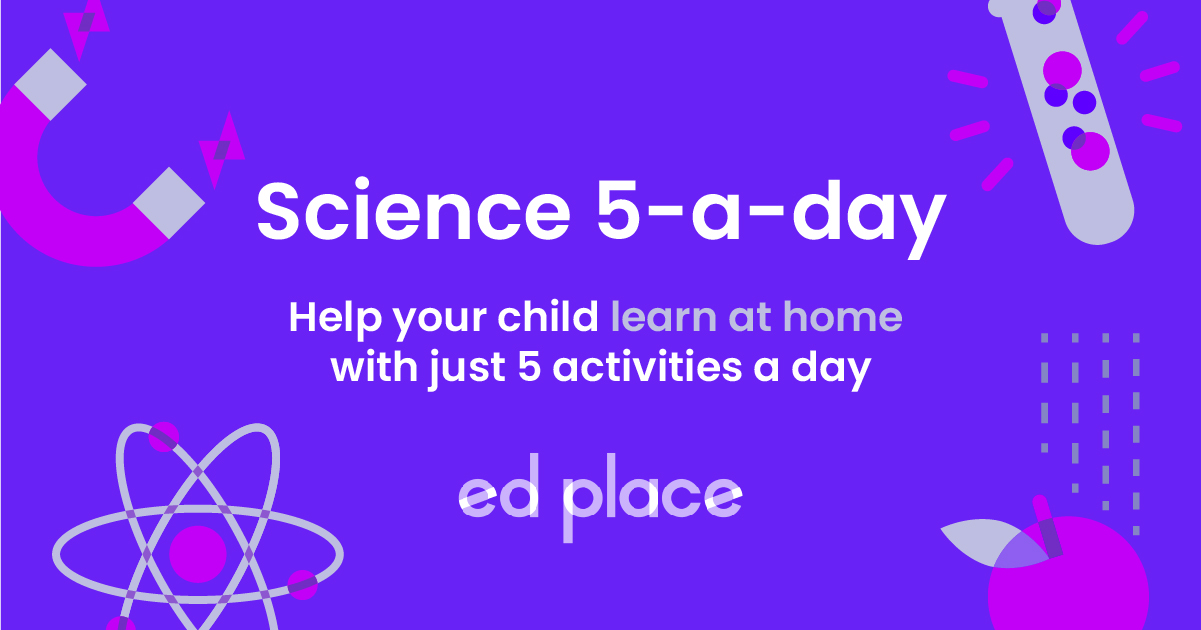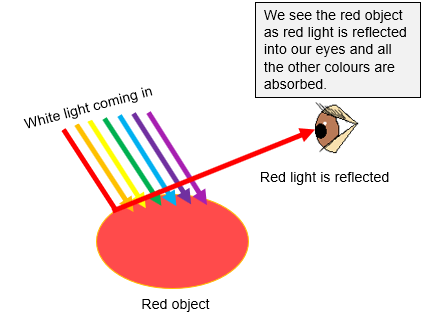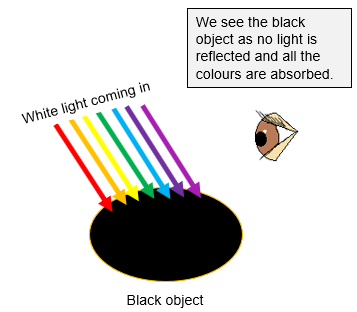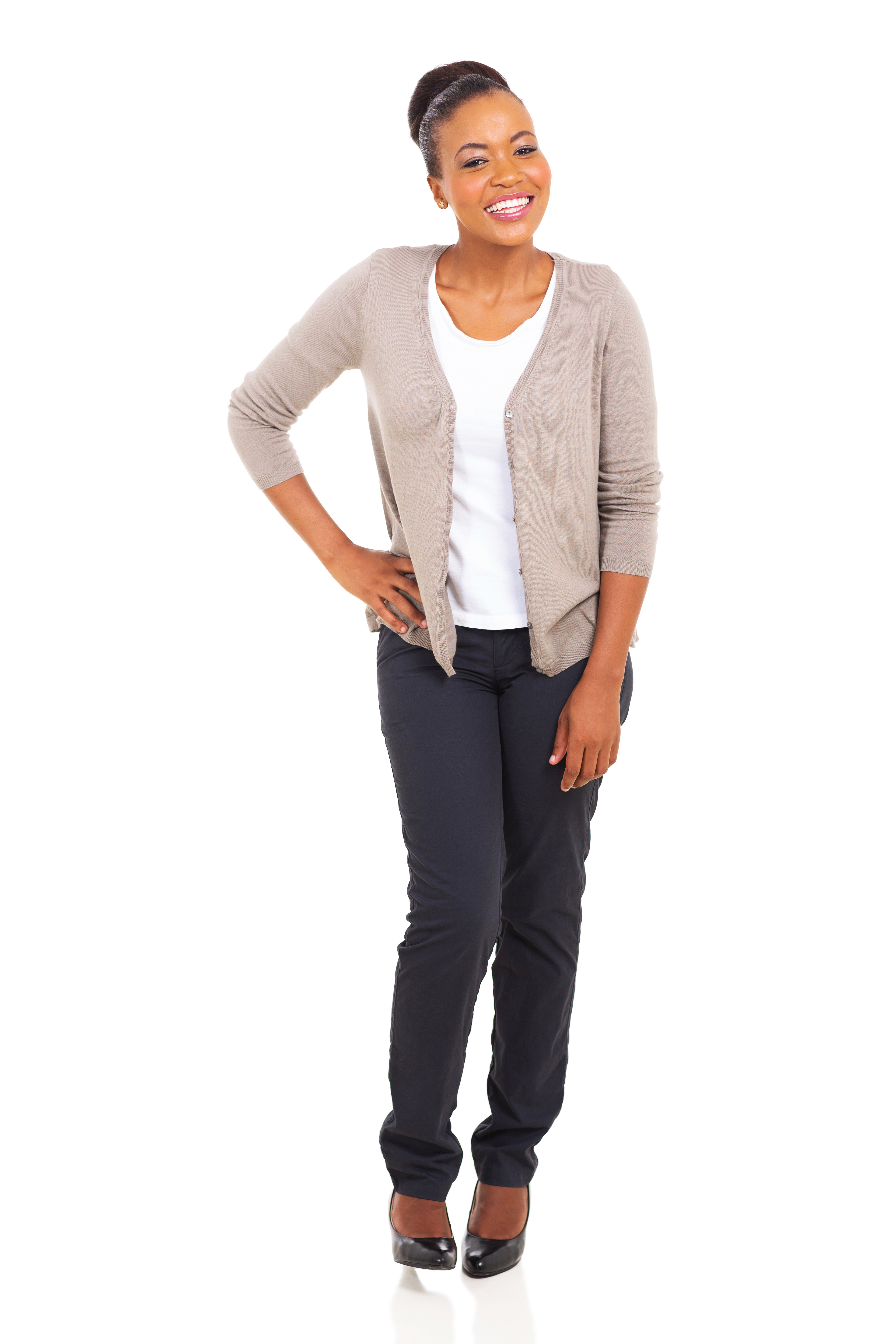
EdPlace's Year 8 home learning science lesson: Colour and Light
Looking for short lessons to keep your child engaged and learning? Our experienced team of teachers have created English, maths and science lessons for the home, so your child can learn no matter where they are. And, as all activities are self-marked, you really can encourage your child to be an independent learner.
Get them started on the lesson below and then jump into our teacher-created activities to practice what they've learnt. We've recommended five to ensure they feel secure in their knowledge - 5-a-day helps keeps the learning loss at bay (or so we think!).
Are they keen to start practising straight away? Head to the bottom of the page to find the activities.
Now...onto the lesson!
A Splash of Colour
Ever wondered why rainbows are so colourful? Isaac Newton is not just famous for discovering gravity. He also discovered that white light is actually composed of a spectrum of seven different colours (light just travels very fast – that’s why our eyes perceive it as white). He used a prism to split white light and observed; red, orange, yellow, green, blue, indigo and violet. White light is refracted (bent) and reflected in raindrops (these act like Newton’s prism) to produce the spectrum of colours we see when a rainbow is formed.
So why do we see objects in different colours? And why do objects appear as different colours under different coloured light?
By following these next 5 steps, we’re confident that your child will be able to:
1) State which wavelengths make up the visible spectrum of light
2) Describe how we see objects as different colours
3) Explain why objects may appear as different colours under different coloured lights
Step 1: Language Check
It's useful to make sure your child is familiar with these keywords before delving any deeper into this topic.
Rays of light travel as waves and when a light ray hits an object it can be absorbed (taken in) or reflected (bounces off). As mentioned previously, white light is in fact a mixture of different colours and each colour has a different frequency (the number of waves produced per second). We call this band of seven colours a spectrum. Of these colours, red has the lowest frequency (the least number of waves per second) and violet has the highest frequency (the most waves per second).
Step 2: Opposite Ends of the Spectrum!
So, we now know white light is made up of a spectrum of seven different colours. How come then we can see objects in different colours?
When white light hits the surface of an object some of it's absorbed and some of it's reflected. The light that's reflected into our eyes is the colour of the object. Have a look at the picture below. The ball is red because it reflects red light and absorbs all of the other colours!

With this in mind, can you see what happens when we look out of the window and see green grass? The green light is reflected and all of the other colours are absorbed, not too tricky to grasp, is it? But, what about the colours black and white? They're not shown in the image above, so how does that work? Well, an object that appears black has actually absorbed all of the colours and reflected none, and when we see white it's because none of the colours have been absorbed but instead, all reflected!

Step 3: The Bright Lights!
This rule applies to objects in white light but have you ever been to see a play where different coloured lights are used? This can help set the right mood or atmosphere in the theatre and it changes the colour that objects appear. Coloured light is made by passing white light through a coloured filter, all colours are absorbed except for the colour of the filter. For example, a green filter lets green light through but absorbs all the other colours.
It is important to remember that an object under a different coloured light can only be one of two colours, either the colour of the light or black. For example, in red light, a red object will appear red, a white object will appear red. Any other coloured object will appear black. The diagram below shows the colour of the objects under ordinary white light. It then shows what colour those same objects would appear under red light.

Why is this? Remember red objects only appear red because red light is reflected into our eyes, all the other colours of the spectrum are absorbed. In this example only red light is hitting the objects so only the red and the white object reflect the red light back into our eyes, making them appear red. When red light hits the blue object, for example, it's absorbed and there's no blue light to reflect off the object into our eyes. The blue object, therefore, appears black.
Step 4: Let's have a go
Hopefully, this information hasn’t coloured your understanding. Try these practice questions to check:
1) Complete the colours in the spectrum of visible light: Red, orange, ________, green, blue _________ and violet.
2) Does an orange ball reflect or absorb orange light?
3) A blue ball will absorb all the colours of light apart from _______.
4) True or False. White objects reflect all the colours in the spectrum of visible light.
5) What colour will an object appear if it absorbs all the light that hits it?
6) Look at the diagram below. State the colour the objects will appear under blue light:

7) What is the colour of a green pen under blue light?
8) What is the colour of a red book under green light?
9) What is the colour of a white piece of paper under green light?
Step 5: Let's apply your knowledge
Now, you’ve covered this together why not put this to the test and assign your child the following 5 activities in the following order.
All activities are created by teachers and automatically marked. Plus, with an EdPlace subscription, we can automatically progress your child at a level that's right for them. Sending you progress reports along the way so you can track and measure progress, together - brilliant!
Activity 1 - White and Coloured Light
Activity 2 - Dispersion of Light and the Spectrum
Activity 4 - How Does Light Travel?
Activity 5 - What Happens When Light Hits an Object?
Answers:
1) Yellow, indigo
2) Reflect
3) Blue
4) True
5) Black
6) Black, blue, blue, black, black
7) Black
8) Black
9) Green
Keep going! Looking for more activities, different subjects or year groups?
Click the button below to view the EdPlace English, maths, science and 11+ activity library








